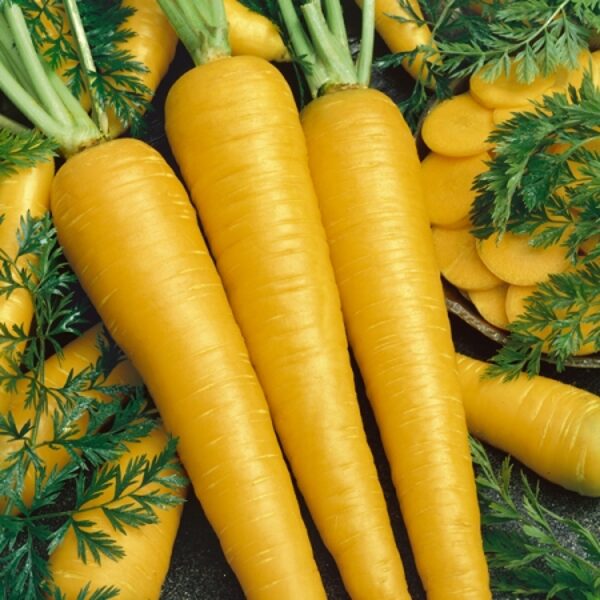Leeks. Blauwgroene Winter TYP Alaska. Allium porrum.
Crisp, delicious, usable all year round.
Flowers that grow for leeks if they have overwintered on the field are decorative and also usable in floristry.
After sowing the seeds in the nursery boxes, 0,5 cm thick peat is sown and preferably a layer of perlite or vermiculite cartina.
For seeds to sprout, no light is needed for leeks, but after sprouts show up, you need air and light.
At first, while the seeds are sprouting, the temperature should be around 20 degrees Celsius.
Two weeks after sprouting, the temperature may be lower at about 15 degrees Celsius.
Temperatures are then raised again - daily to 15-18 degrees, overnight to 10-12 degrees Celsius.
As the growing time of the seedlings is almost two months, they also need additional fertilisers, calcium nitrate or some liquid fertiliser, during growth.
Medium-heavy, loose and fertile soils are the best for growing leeks.
Leeks like a sunny place, they don't feel good in the shadows – they're thin and pale.
It is very important that the soil is not acidic, the optimum pH is 7.0 – neutral.
In acidic soils, leeks develop poorly and produce poor quality yields.
Growth duration approximately 140 days.
Winter-style leeks that grow a fat, 20-25 cm stalk that hardly gets fatter at the roots.
Leaves in blue-green, steep.
The harvest is harvested late in the autumn or winter. Leeks can be left in the garden through winter, or stored in a freezer.
Suitable for longer storage.
5 seeds per pack.



